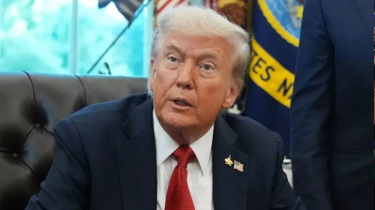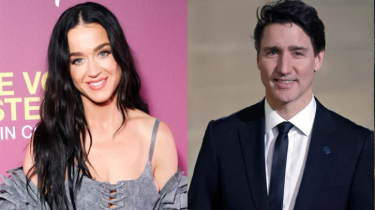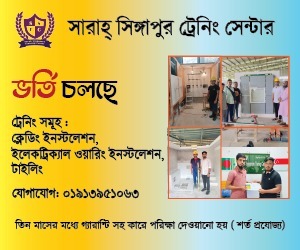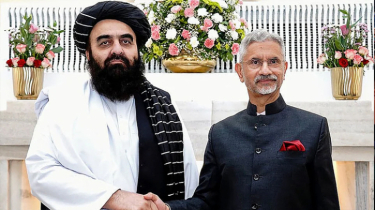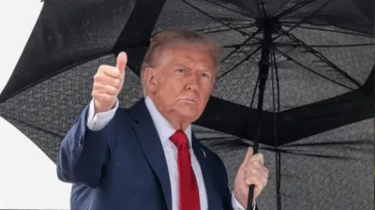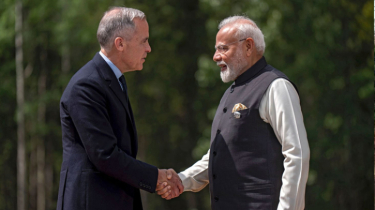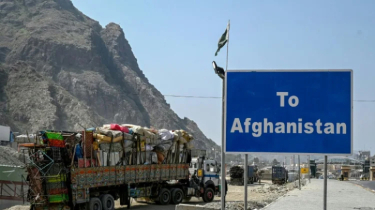Taliban Minister’s Delhi Visit with Indian Women Journalists Sparks Debate
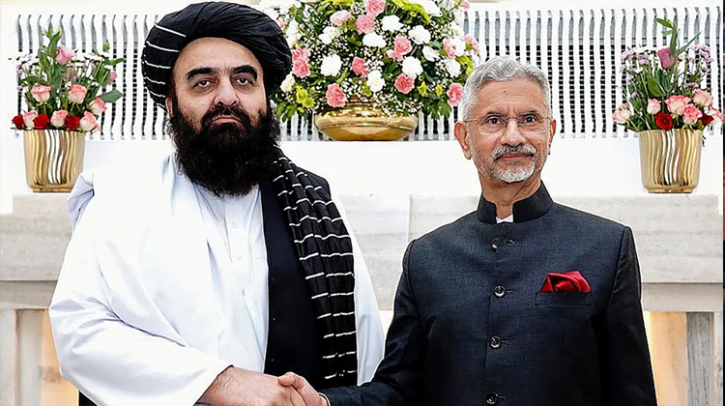
Published : 01:08, 14 October 2025
A widely shared image of Afghanistan’s acting foreign minister, Amir Khan Muttaqi, seated before Indian women journalists has ignited a fresh round of debate over the Taliban’s treatment of women and its efforts to soften its image abroad.
The photo circulated days after a first Delhi press briefing at the Afghanistan Embassy drew fierce backlash for excluding female reporters. In response to the uproar, the Afghan side convened another interaction in New Delhi that included women journalists, presenting a contrasting visual and narrative to the earlier event.
The controversy began on Friday, October 10, when female journalists said they were barred from the embassy press meet addressed by Muttaqi. Indian opposition politicians, press bodies, and rights advocates condemned the move as gender discrimination.
Over the weekend, Taliban representatives and event facilitators contended there was “no deliberate exclusion,” and a second session was organized to accommodate female reporters, an apparent damage-control move amid mounting criticism and questions on women’s rights under Taliban rule.
As images of women journalists attending a subsequent interaction surfaced, one viral picture promoted with the caption “a photo worth a thousand words” was misattributed to the original embassy presser. Fact-checkers later reported the image came from a separate talk hosted by Delhi’s Vivekananda International Foundation, where Muttaqi delivered remarks on India–Afghanistan ties. The clarification did little to cool political tempers, but it underscored how visuals from multiple Delhi appearances were being conflated to shape the narrative.
During the Delhi interactions, Muttaqi was pressed on girls’ education, work bans, and broader civil liberties inside Afghanistan. He reiterated that female education was “not haram,” describing restrictions as temporary and subject to the supreme leader’s decision statements that were met with skepticism, given the continuing bans on secondary and higher education for girls and severe curbs on women’s employment in Afghanistan.
The episode leaves a split-screen impression: on one side, an attempt to project inclusivity by sitting before Indian women journalists; on the other, persistent international criticism over the Taliban’s record at home and the optics of a first, male-only news conference on Indian soil. For many observers, the Delhi visuals and the correction about where some were taken have become a test of whether public-relations gestures can meaningfully offset entrenched policies restricting Afghan women’s public life.
Sources -Times of India, India Today , NDTV, The Independent, BBC News.
BD/AN



